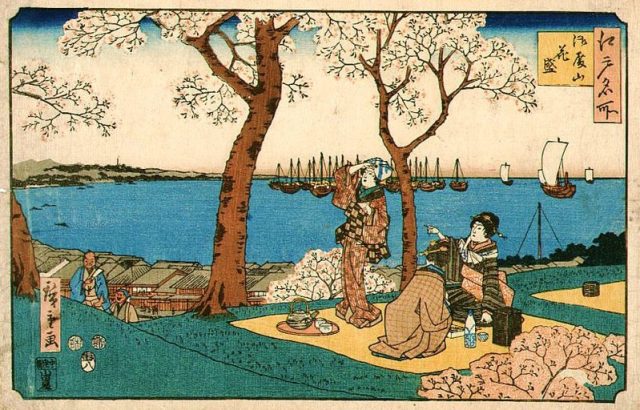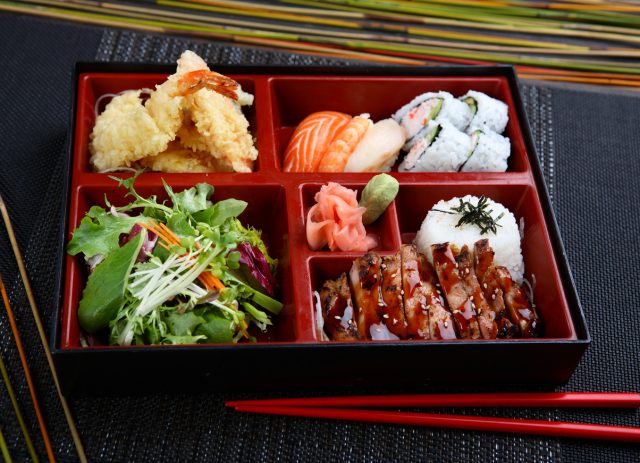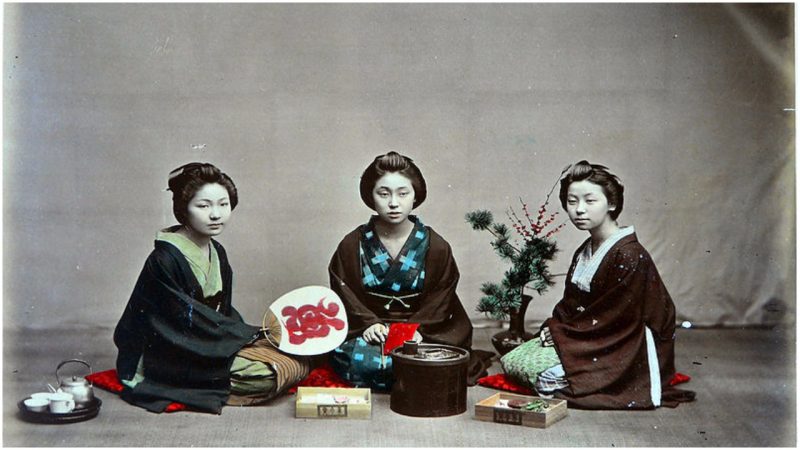Super Mario made with rice, radishes, and algae packed for lunch? To serve it properly, you’ll need a wooden, plastic, or aluminum box named Bento, just like the special Japanese portable meals made with rice and several other types of seasonal foods. Bento boxes and their offering inside look almost too good to eat, with symmetrical shapes and finely combined colors resembling pieces of pop art. For some time now, the Japanese have been preoccupied with the fad of making character Bentos. However, the history of this Japanese gastronomical phenomena can be traced to Japan’s distant past.
The initial form of Bento was a kind of ancient dry-cooked rice that appeared between the 6th and the 8th centuries. Travelers loved it because it could be easily reconstituted by adding just a little water and also because of its light weight for packing. Later, the dry rice was replaced with a rice ball, which became the standard option. One of the reasons that Bento became so prevalent in Japan was the Japonica rice and its sticky texture forming lumps that are perfect for on the go. Rice bowls became a convenient meal choice for both warriors and workers.
The birthplace of Bento is considered to be Kyoto and, presumably, from there the unique Bento culture spread throughout Japan.

As time went by and Japan entered an era of peace, people spent more time with seasonal picnicking and enjoying nature. These activities turned Bento from a practical to a fun way to eat. These idle hours were, of course, mostly practiced by the higher social class, so the picnic food and their Bento containers looked luxurious in order to present a status symbol of the wealthy. At this time, another activity was much adored by the public and that was going to the theater or Kabuki. Kabuki events often lasted for a whole day, and of course the audience would get hungry and need a snack. Bento seemed like an excellent dining suggestion during intermissions and this became known as Makunouchi Bento or between-the-acts Bento.
Japan in the late 19th century saw the railway. These hungry, weary travelers inspired the selling of Eki Bento at the station, which could be taken and eaten on the train. The Bentos were quite ordinary, containing rice bowls and pickled daikon radishes, but after a while, local delicacies were added and Bento became a delightful option to travelers. As Japanese history unfolded and people’s lifestyles changed, the Bento changed too. Each box reflects its time period in Japanese culture and tradition.
An important aspect of Japanese food culture, Bento is present in everyday life in Japan, especially for students and workers. Each Bento has three typical features, incorporating rice, main elements, and a side dish. The main elements are meat, fish, and eggs, while the side dishes are usually mushrooms, cooked or raw vegetables, and seaweed. Just open the lid of a Bento and your eyes will behold a fusion of colors, each carefully matched with another. According to Bento experts, color plays a special role in the daily meals of the Japanese. In the Bento food arrangement, there is one dominant color and five more that should highlight the artistry of its maker. When it comes to food, this mindfulness suggests an appreciation of the little details and great wisdom for traditional food culture, apparently a very carefully attended practice in Japan.
Besides the appeal of sticky Japonica rice, Japan’s climate and national character are the other main reasons for Bento’s popularity. The four distinct seasons and enchanting scenes found around the country have produced an intense enjoyment of nature. This tradition became the national character of the Japanese who frequently visit natural hot spots for a picnic, always carrying a Bento as a meal option.
A truly intriguing Bento subtype is the Shokado Bento, or the high-class Bento. It was invented by Teiich Tuki in 1937. His idea came while attending tea ceremonies in the 1920s and the 1930s that were hosted by sophisticated families who loved to entertain guests. At some of these events, there were around 2,000 people, and the serving of the traditional meals in courses became a real challenge. So Yukii created the Shokado, which was a Bento divided into four parts, each presenting one meal.

Today, Bento boxes come in all shapes and sizes. Some of the ancient samples look quite chic with a simple and sharp geometrical style. Others look like pots with holes on the top for sake. The larger ones were used for outdoor activities, like observing the cherry blossoms in the spring. Most of them reflect the Japanese striving for unity with nature as they’re adorned with natural symbols such as leaves, blooms, branches, and birds.
Nowadays, Bento’s most popular versions represent certain imaginative characters, using slices of ham for faces and nori weed as hair. The creations take a lot of precision and patience along with special tools for creating the Bento characters. For many Japanese parents, preparing Bento with their children is considered time well spent.
